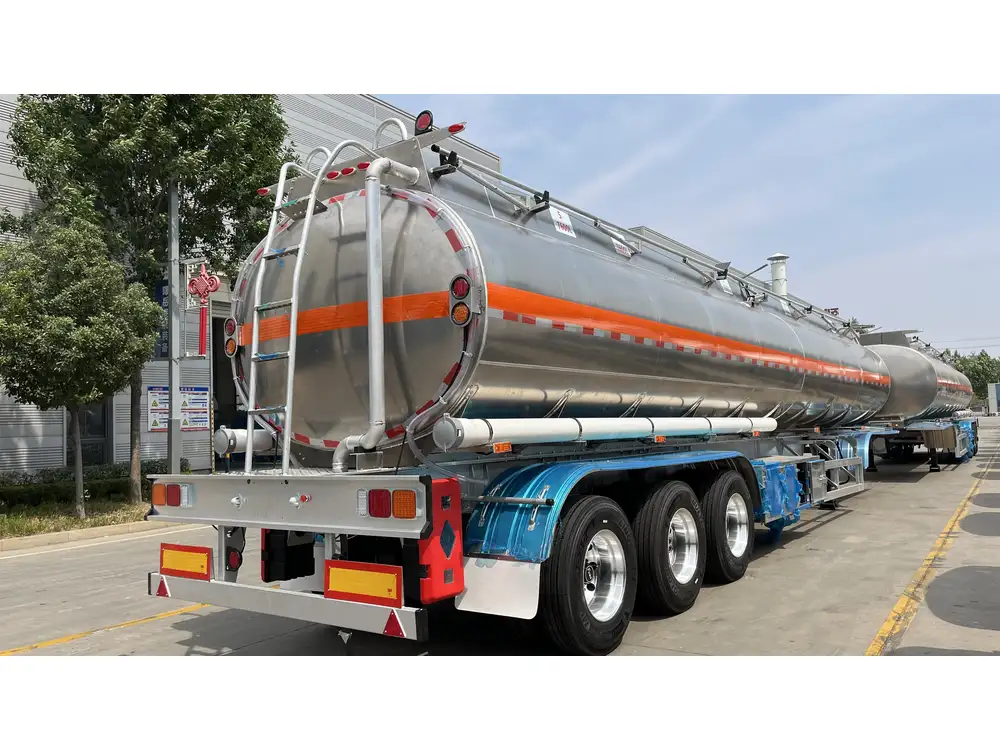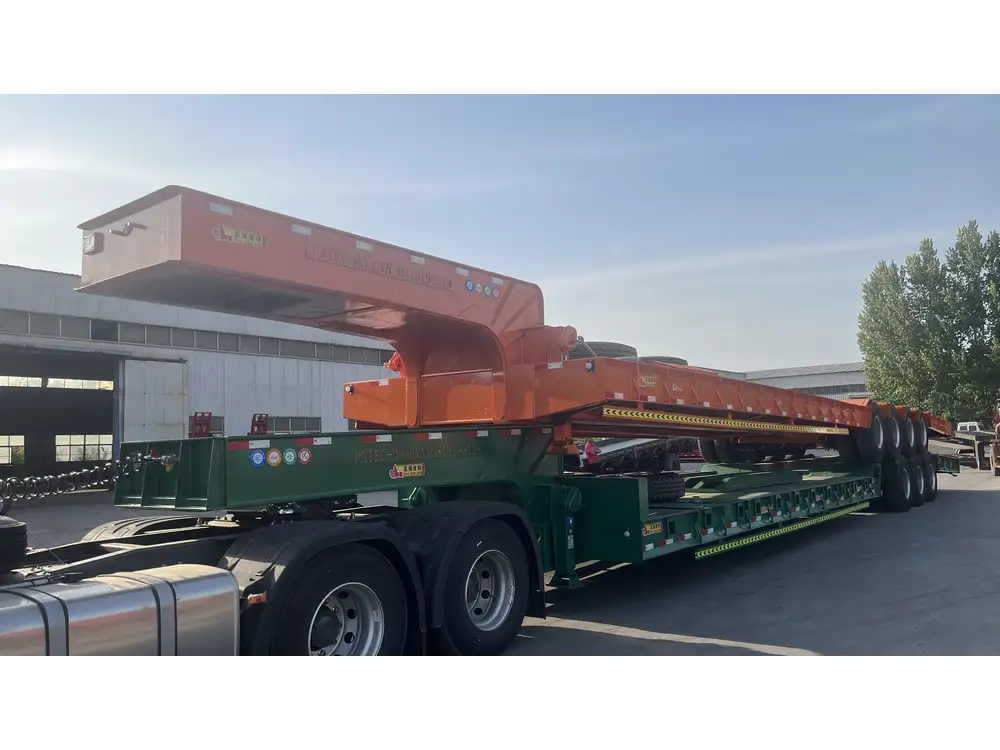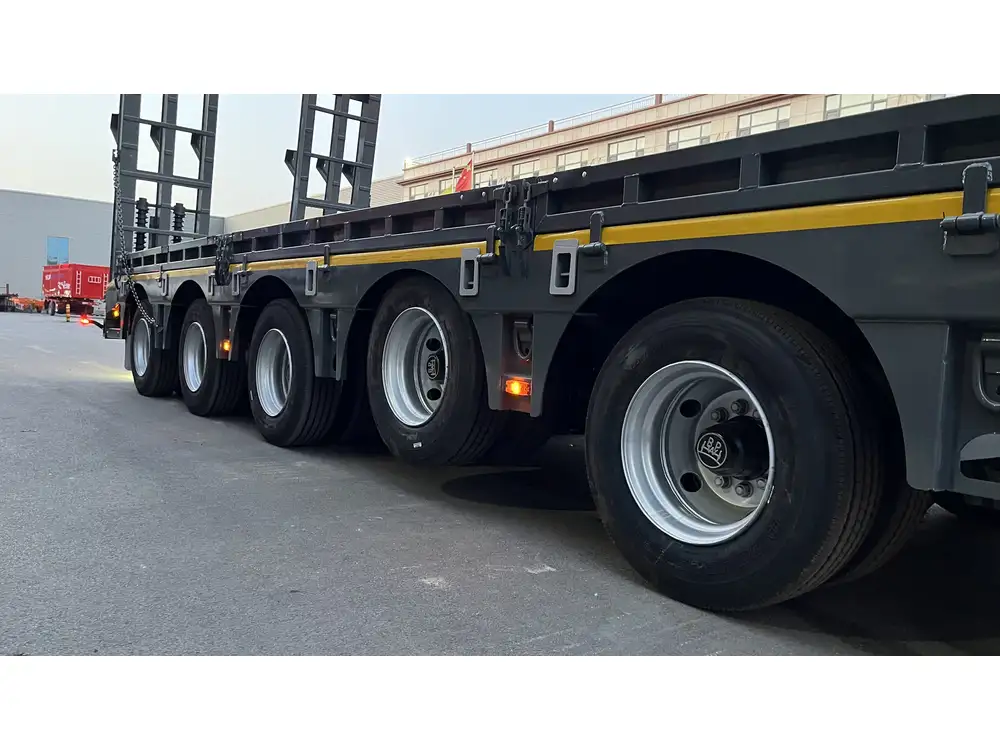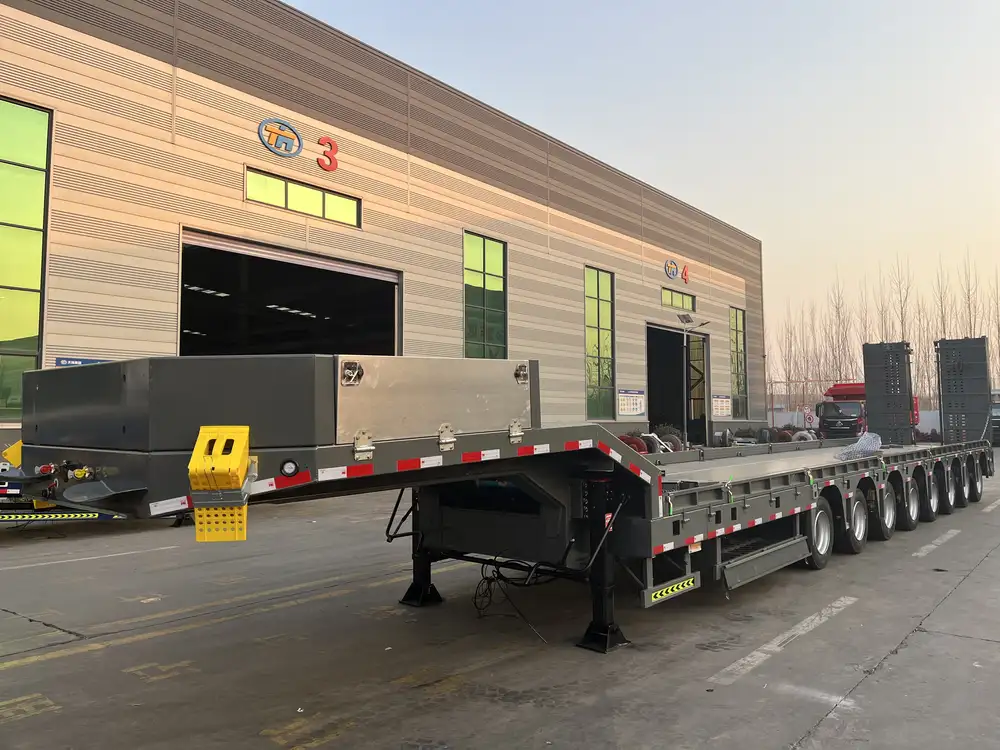Operating a hydraulic dump trailer involves a plethora of mechanical systems working in unison, but one of the key aspects that every user must understand is the importance of maintaining the hydraulic system. Hydraulic systems can occasionally develop air pockets, which impede performance and functionality. This article provides an in-depth exploration of how to bleed a hydraulic dump trailer, ensuring optimal performance while preventing potential damage to the equipment.
Understanding Hydraulic Systems in Dump Trailers
Hydraulic systems are vital in dump trailers, utilizing hydraulic fluid to create force for lifting and dumping loads. The fundamental components of these systems typically include:
| Component | Function |
|---|---|
| Hydraulic Fluid | Carries the force required to lift heavy loads. |
| Hydraulic Cylinders | Convert fluid pressure into mechanical energy. |
| Valves | Control the direction and flow of hydraulic fluid. |
| Pump | Generates the hydraulic pressure needed to operate the system. |
The Role of Air in Hydraulic Systems
Air trapped within the hydraulic system can create a multitude of operational issues. Common problems caused by air in the system include:
- Reduced Lifting Capability: Air pockets can cause inconsistent fluid pressure, resulting in difficulty lifting the trailer.
- Erratic Behavior: The trailer may exhibit jerky movements during operation.
- Increased Wear and Tear: Air in the system can lead to sluggish performance, ultimately causing additional strain on hydraulic components.

Preparatory Steps Before Bleeding the System
Before proceeding, it’s essential to ensure safety and preparedness. Follow these key steps:
Safety First
- Wear Protective Gear: Use gloves and goggles to protect against hydraulic fluid bursts.
- Ensure Stability: Ensure the dump trailer is on stable ground to prevent accidents during operation.
Gather Necessary Tools
- Wrenches: For loosening hydraulic fittings.
- Hoses: To redirect fluid if needed.
- Hydraulic Fluid: Ensure you have the correct type and amount for your trailer.
- Container: To catch any excess hydraulic fluid during the bleeding process.

Step-By-Step Guide to Bleed a Hydraulic Dump Trailer
Step 1: Locate the Bleed Valve
The first step is to identify the bleed valve on your hydraulic system. This is generally located near the hydraulic cylinder and may be labeled clearly. It may vary based on the trailer model, so consult your owner’s manual if unsure.
Step 2: Prepare the Hydraulic Fluid
Check the hydraulic fluid level using the dipstick or sight glass if equipped. If the fluid is low, add the recommended hydraulic fluid prior to bleeding to avoid introducing more air into the system.

Step 3: Open the Bleed Valve
Using the appropriate wrench, slowly open the bleed valve. Caution is necessary, as some fluid may escape, especially if the system is under pressure. Have your container ready to catch any fluid.
Step 4: Operate the Trailer
With the bleed valve open, operate the dump trailer’s hoist control. Allow it to raise and lower a few times. This action will help force the trapped air out of the lines. It’s vital to keep the valve open while exercising the operation.
Step 5: Monitor Fluid Exiting the Valve
Observe the fluid exiting from the bleed valve. Initially, you will likely see a mix of air and hydraulic fluid. As you continue operating the trailer, you should notice a steady stream of fluid with fewer air bubbles. This indicates that the air has been successfully removed.

Step 6: Close the Bleed Valve
Once air has been expelled and you notice a consistent flow of hydraulic fluid, close the bleed valve securely. Be cautious not to over-tighten; a snug fit is sufficient.
Step 7: Test the System
After bleeding, perform a test run to ensure the trailer operates smoothly. Operate the hydraulic system and listen for any abnormal sounds that may indicate remaining air or other issues within the system.
Step 8: Check Fluid Level Again
Finally, check the hydraulic fluid level once more. Add additional fluid if necessary, ensuring the system is adequately filled for optimal performance.

Troubleshooting Common Problems
Even after bleeding the system, you may encounter issues. Here are some common problems and their solutions:
| Problem | Possible Cause | Suggested Solution |
|---|---|---|
| Hoist does not lift | Low fluid level | Replenish hydraulic fluid |
| Fluid leaking from bleed valve | Damaged seal | Replace the bleed valve or seal |
| Erratic lifting or lowering | Air in system | Re-bleed the system and check for leaks |
| Hoist operates slowly | Contaminated fluid | Flush system and replace with fresh fluid |
Maintaining Your Hydraulic Dump Trailer
To guarantee the longevity and functionality of your hydraulic dump trailer, it’s crucial to implement a routine maintenance schedule. Here are some key maintenance tips:
Regular Fluids Check
Consistently inspect hydraulic fluid levels, ensuring they maintain an optimal range. Change the hydraulic fluid on a recommended schedule or when it appears dirty or contaminated.

Inspect Hoses and Fittings
Frequent inspections of hoses for wear and tear, leaks, or cracks will prevent more serious problems down the line. Replace any damaged components promptly to avoid failure during operation.
Clean the Hydraulic System
Dust and dirt can enter the system and cause damage. Regular cleaning of external components and ensuring seals and fittings are secure can enhance performance and longevity.
Professional Servicing
Consider professional servicing for your hydraulic system annually or bi-annually for a thorough inspection. A professional can catch issues before they escalate, conserving time and resources.

Conclusion
Understanding how to bleed a hydraulic dump trailer equips users with the essential knowledge to keep their equipment functioning at peak performance. Following the procedural steps ensures compliant operation while minimizing potential issues caused by air in the hydraulic system. By adhering to maintenance best practices, trailer owners can optimize safety, efficiency, and durability, ultimately translating to better performance and longer service life for their hydraulic dump trailers.
Take the time to master these techniques, and assure the longevity of your equipment—allowing you to get the job done, every time.



